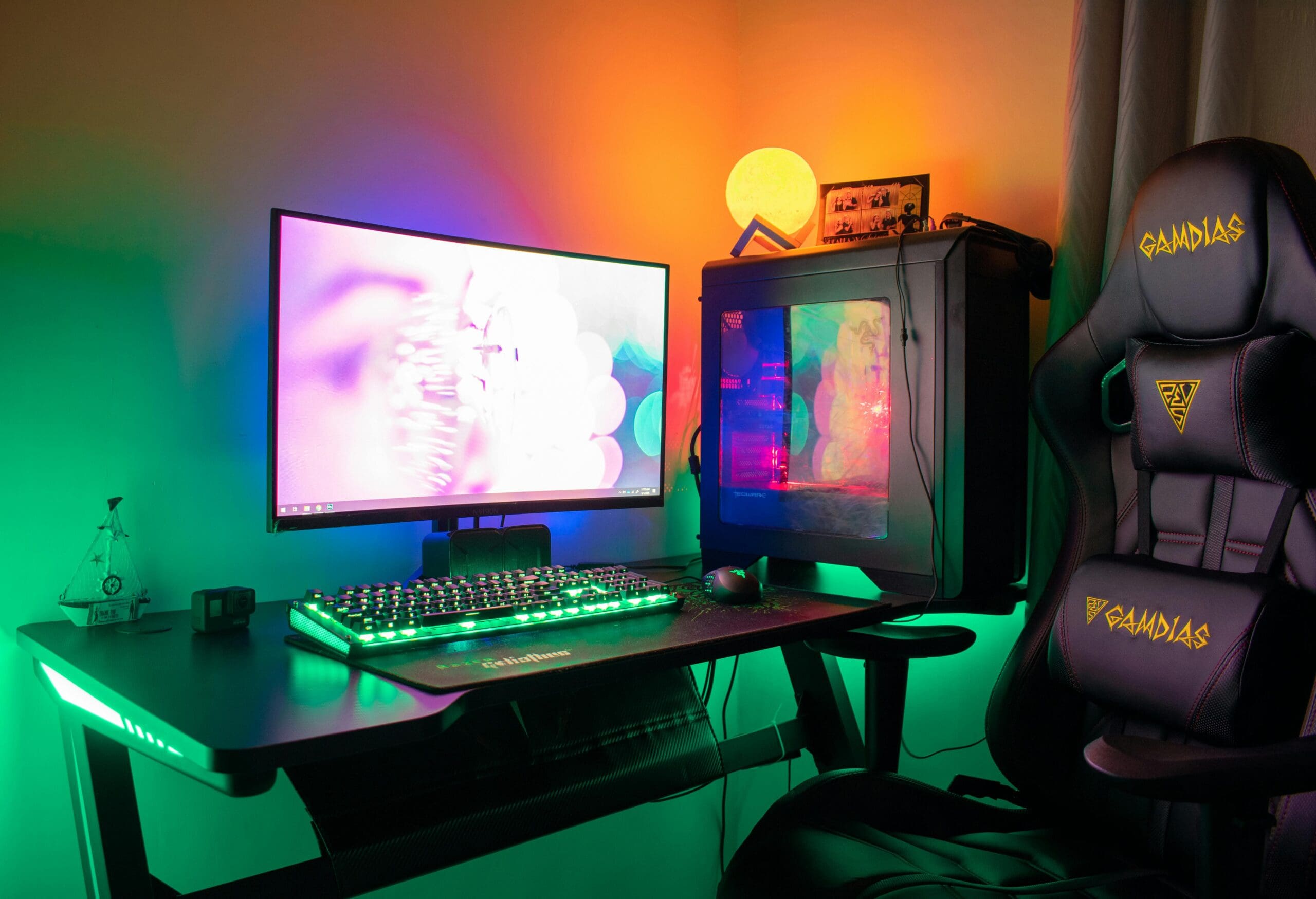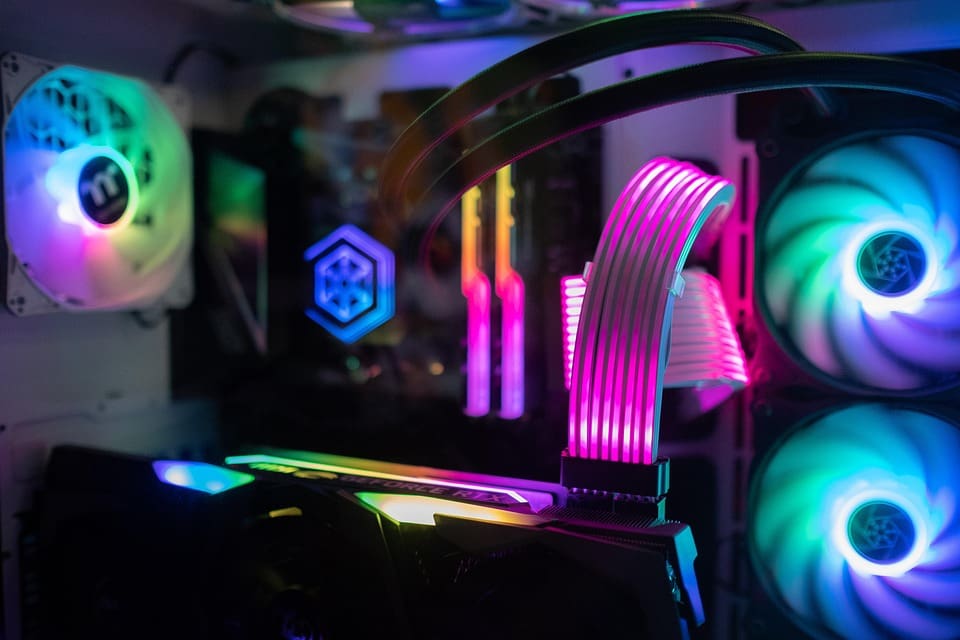Introduction
Gaming PCs have become a staple in the gaming community, offering high performance and customization options that traditional consoles cannot match. However, building and maintaining a high-performance PC can be daunting for beginners and even experienced users. In this guide, we will delve into essential tips and tricks to help users level up their gaming setup and build a high-performance PC.
Why This Topic Matters
Understanding how to build a high-performance PC is crucial for gamers who want to experience smooth gameplay, high frame rates, and quick load times. Without proper setup and optimization, users may face performance issues, overheating, or even hardware failures. Here are a few reasons why this topic is important:
- Performance Impact: A well-built and optimized PC can significantly improve FPS (Frames Per Second), reduce load times, and enhance overall system efficiency.
- Common Issues: Many gamers struggle with inadequate cooling, subpar components, or improper setup, leading to performance bottlenecks.
- Long-Term Benefits: By optimizing and maintaining a high-performance PC, users can extend the longevity of their system and ensure a smooth gaming experience for years to come.
Step-by-Step Guide / Essential Tips
1. Choose the Right Components:
When building a high-performance PC, selecting the right components is crucial. Invest in a powerful CPU, GPU, sufficient RAM, and a high-quality power supply to ensure optimal performance.
2. Proper Cooling System:
Overheating can significantly impact gaming performance. Invest in a good CPU cooler, case fans, and consider liquid cooling for overclocked systems to maintain optimal temperatures.
3. Optimize Graphics Settings:
Tweak in-game graphics settings to find the right balance between visual fidelity and performance. Lowering unnecessary settings can boost FPS without sacrificing visual quality.
Common Mistakes to Avoid
- Ignoring Compatibility: Ensure that all components are compatible with each other and with your motherboard to avoid compatibility issues.
- Skipping Driver Updates: Regularly update GPU drivers, motherboard BIOS, and other essential software to ensure optimal performance and stability.
- Overlooking Cable Management: Proper cable management not only improves aesthetics but also enhances airflow and cooling within the PC case.
Advanced Optimization Tips
For advanced users looking to squeeze every bit of performance out of their high-performance PC, consider the following tips:
- Overclocking CPU and GPU for additional performance gains.
- Fine-tuning BIOS settings for better system stability and performance.
- Using third-party software for monitoring system metrics and tweaking performance settings.
Final Thoughts
Building a high-performance PC can be a rewarding experience, providing gamers with the power and flexibility to enjoy their favorite games at their best. By following the tips and tricks outlined in this guide, users can optimize their gaming setup and ensure a smooth and enjoyable gaming experience. Whether you are a beginner or an experienced user, taking the time to build and maintain a high-performance PC is well worth the effort.
💬 What has been your biggest challenge in building a high-performance PC? Share your thoughts and experiences in the comments below!


